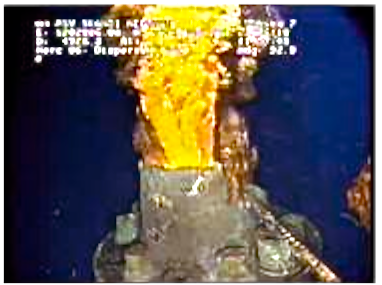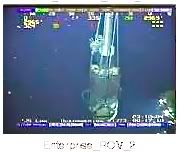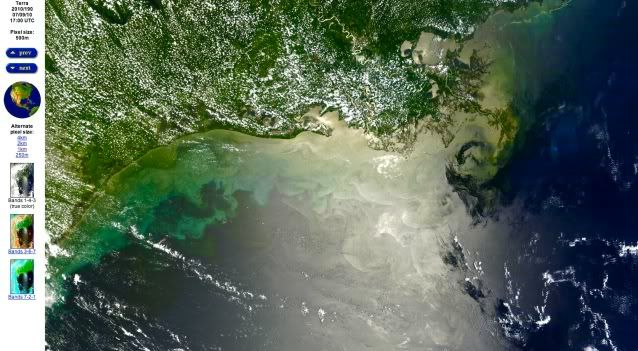Because the original documents are always so much better than anything I could hope to make up:
August 4, 2010, Gulf of Mexico Oil Spill Response, Deepwater Horizon Incident Joint Information Center
Federal Science Report Details Fate of Oil from BP Spill
WASHINGTON – The vast majority of the oil from the BP oil spill has either evaporated or been burned, skimmed, recovered from the wellhead or dispersed using chemicals – much of which is in the process of being degraded. Much of this is the direct result of the federal response efforts.
A third (33 percent) of the total amount of oil released in the Deepwater Horizon/BP spill was captured or mitigated by the Unified Command recovery operations, including burning, skimming, chemical dispersion and direct recovery from the wellhead, according to a federal science report released today.
An additional 25 percent of the total oil naturally evaporated or dissolved, and 16 percent was dispersed naturally into microscopic droplets. The residual amount, just over one quarter (26 percent), is either on or just below the surface as residue and weathered tarballs, has washed ashore or been collected from the shore, or is buried in sand and sediments. Dispersed and residual oil remain in the system until they degrade through a number of natural processes. Early indications are that the oil is degrading quickly.
These estimates were derived by the National Oceanic and Atmospheric Administration (NOAA) and the Department of the Interior (DOI), who jointly developed what’s known as an Oil Budget Calculator, to provide measurements and best estimates of what happened to the spilled oil. The calculator is based on 4.9 million barrels of oil released into the Gulf, the government’s Flow Rate Technical Group estimate from Monday. More than 25 of the best government and independent scientists contributed to or reviewed the calculator and its calculation methods.
“Teams of scientists and experts have been carefully tracking the oil since day one of this spill, and based on the data from those efforts and their collective expertise, they have been able to provide these useful and educated estimates about the fate of the oil,” says Jane Lubchenco, under secretary of commerce for oceans and atmosphere and NOAA administrator. “Less oil on the surface does not mean that there isn’t oil still in the water column or that our beaches and marshes aren’t still at risk. Knowing generally what happened to the oil helps us better understand areas of risk and likely impacts.”
The estimates do not make conclusions about the long-term impacts of oil on the Gulf. Fully understanding the damages and impacts of the spill on the Gulf of Mexico ecosystem is something that will take time and continued monitoring and research.
Dispersion increases the likelihood that the oil will be biodegraded, both in the water column and at the surface. While there is more analysis to be done to quantify the rate of biodegradation in the Gulf, early observations and preliminary research results from a number of scientists show that the oil from the BP Deepwater Horizon spill is biodegrading quickly. Scientists from NOAA, EPA, DOE, and academic scientists are working to calculate more precise estimates of this rate.
It is well known that bacteria that break down the dispersed and weathered surface oil are abundant in the Gulf of Mexico in large part because of the warm water, the favorable nutrient and oxygen levels, and the fact that oil enters the Gulf of Mexico through natural seeps regularly.
Residual oil is also degraded and weathered by a number of physical and biological processes. Microbes consume the oil, and wave action, sun, currents and continued evaporation and dissolution continue to break down the residual oil in the water and on shorelines.
The oil budget calculations are based on direct measurements wherever possible and the best available scientific estimates where measurements were not possible. The numbers for direct recovery and burns were measured directly and reported in daily operational reports. The skimming numbers were also based on daily reported estimates. The rest of the numbers were based on previous scientific analyses, best available information and a broad range of scientific expertise. These estimates will continue to be refined as additional information becomes available.





